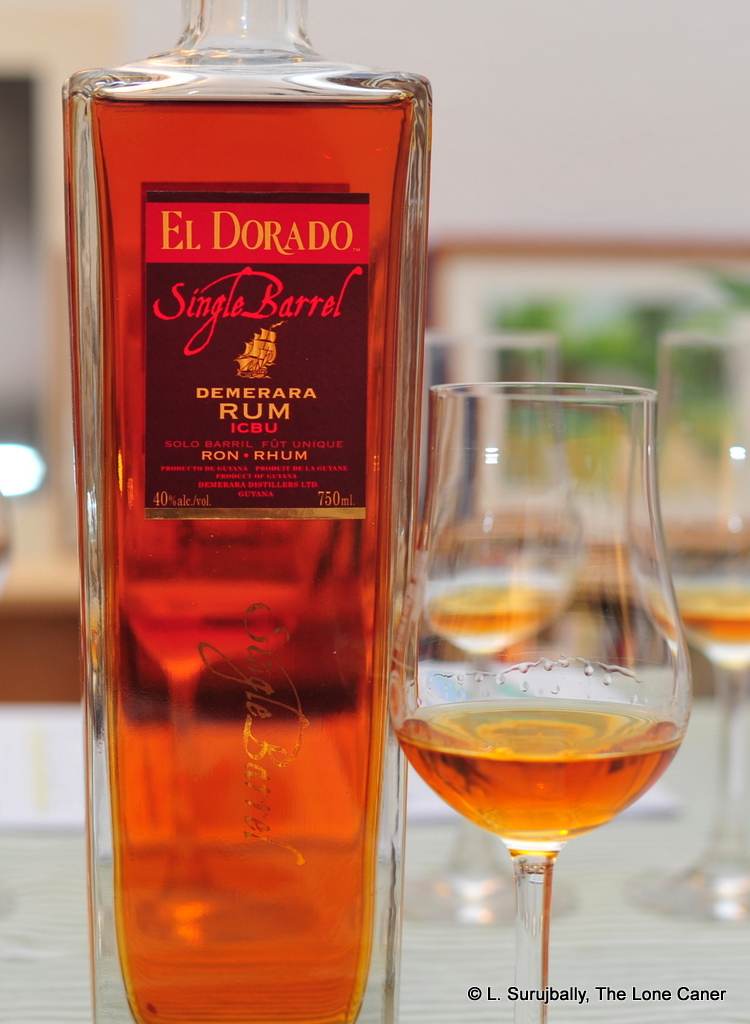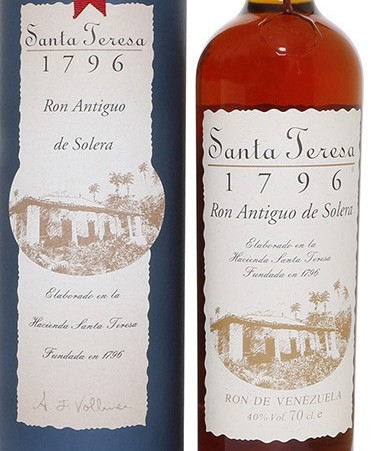
Stunning. Strong marriage of well balanced flavours, terrific nose and a silky finish marred ever so slightly by a slight bitterness at the tail end. A damned worthy entry at the top-end, showing Mount Gay is still a force to be reckoned with in the premium lines.
First posted 28 August 2010 on Liquorature.
Mount Gay. The premier house of rum on Barbados, the oldest rum distillery in the world, and this rum, their premium product, first seen in 2009. I was not entirely enthused with the Extra Old, but here, they have created a small gem that takes the qualities I liked in the Extra Old, and made almost none of the mistakes; and while it may not entirely beat the snot out of the EH25 or the Appleton 30, it is on par with the El Dorado 21, tastes like the Clemente XO, and can quit the field of battle with honour in the company of these exceptional opponents
The top end of their production line was not a part of the Liquorature gathering of August 2010, but because I had just blown the ~$125 on it and wanted to try it in company, I brought it along anyway — it’s become in an occasional thing of mine to bring something high-end to the table when I want the others to sample, because I am fully aware that without that, they’ll never spend the cash on anything but whisky (I’m fighting a valiant rearguard action here, as you might notice). As the sole ‘Caner here, I consider this my small contribution to their education in Matters of Rum.
All fun aside, let’s look at the 1703. The bottle is simple, blocky and new age, harkening back to the old jugs of yore (and I adore simple elegance, so this gets mucho brownie points from me); the cork has a sumptuously tight feel to it and is metal tipped cork, tightly settled: it makes a plump, happy sound when popped. The colour of the rum is a tawny dark gold, with reddish tints hinting of copper…perhaps a freshly minted new coin. Like both the Doorly’s and XO, it possesses a medium body, lighter than other islands like Jamaica (or Guyana’s molasses beefcakes), but about on par with Martinique’s agricole offerings. It’s a blend of rums between 10 and 30 years old, both pot and column still as far as I know.
I don’t often spend more than fifteen minutes on a tasting before I make up my mind one way or the other: neither my experience nor my sophistication being wide enough to take this further. However, when reviewing aged rums in particular, a more serious attitude really is needed (well, if you spent over a hundred bucks, doesn’t the object deserve more than just a cursory sip and disinterested demeanour?), and it’s always a good idea to let the opened spirit breathe in the glass. The initial nose is of cinnamon, nutmeg and a soft whiff of bananas (the Mount Gay signature), but when it has sat in the glass for another few minutes, it opens up like my wife’s arms when I come back from a long trip abroad, and I get that warm comforting whiff of caramel, burnt sugar and toffee coiling around subtle fruits and spices. And more than a hint of…well, leather. Maybe that’s just me, though.
In the mouth the 1703 is quite dry and low-to-medium sweet, another thing it shares with both the Elements 8 and the Clemente XO, and for which I marked them down (and again I have to stress how personal a thing this business with the sweetness is for me). However, in fairness I have to mention how smooth the rum is, in spite of the aggressive oaken taste – the 1703 is a blend of rums aged between ten to thirty years in used bourbon barrels – and how subtler flavours slowly seep through the backbone of the tannins: vanilla, caramel, sugar, and baked apples. Yes, taking one’s time with this is almost a given: unlike a young lover who is all energy and power with no character, this one is all about mature and sober reflection of what it means to make love. The lack of sugar makes the overall taste much like a cognac (and the dryness reinforces this impression), and for that reason I myself won’t rank this high on my pantheon of truly great rums, but I fully acknowledge the depth of skill Master Blender Allen Smith utilized in marrying various rums aged ten to thirty years into this excellent synthesis.
The sting in the tail comes at the end. On the pleasantly long and reasonably smooth finish there is that faint hint of bitterness and spite which so marred my enjoyment of the XO – less than that offering, true, but I was watching and waiting for it, and yes, it’s there: unlike the Appleton 30 which expended much time in muting the oaken infusion, here this was not the case, or at least, less effort was made. When one thinks of the overall brilliant beginnings of the rum, it’s subtlety and complexity of married blends, this is – to say the least – problematic. I think, however, that brandy aficionados and whisky lovers will look at me askance and ask me what the hell my problem is, were I to bring it up, and guzzle the thing down with great enjoyment.
As a gift for someone special, as a sundowner in your new McMansion overlooking a lake somewhere, this rum will not disappoint, and overall, it’s an excellent choice for a sipper (no, I didn’t even think of bastardizing this with cola), in spite of its final bitchiness, which is a minor blip on an otherwise straight line, in my opinion (enough to make me mark it down, mind you). Mount Gay has been officially making rums since 1703, and lost a little ground in the premium market over the last decades, but it appears their long tradition of rums for the cognoscenti is in no danger of disappearing anytime soon.
(#097. 85/100) ⭐⭐⭐½


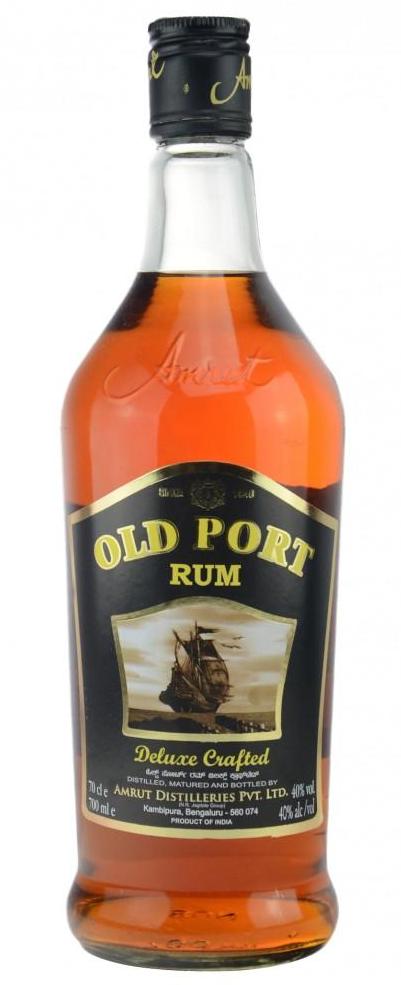
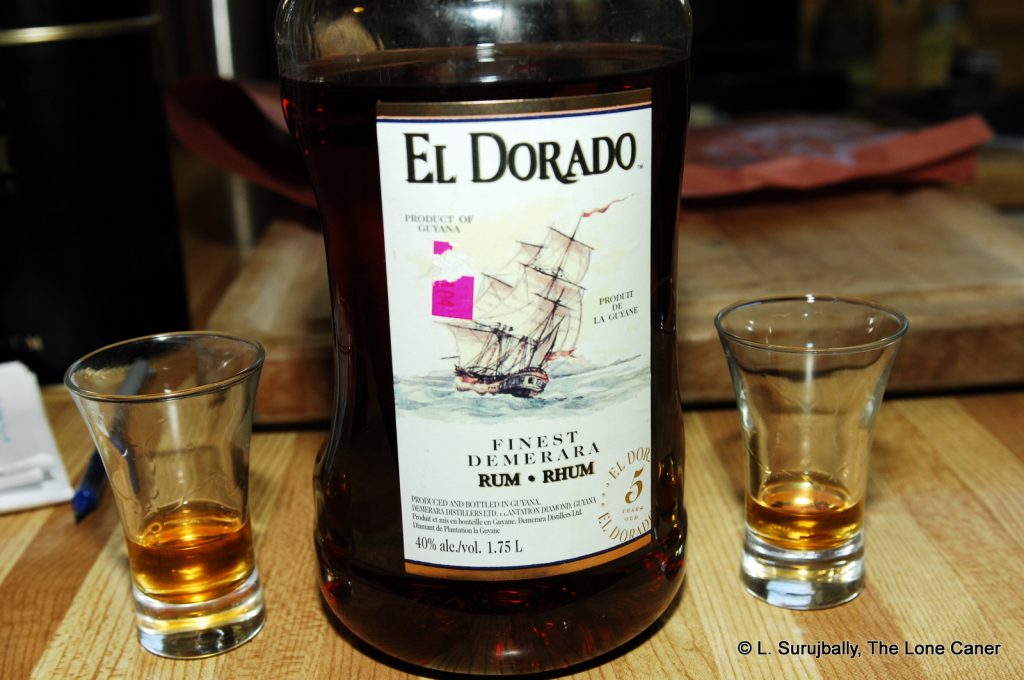
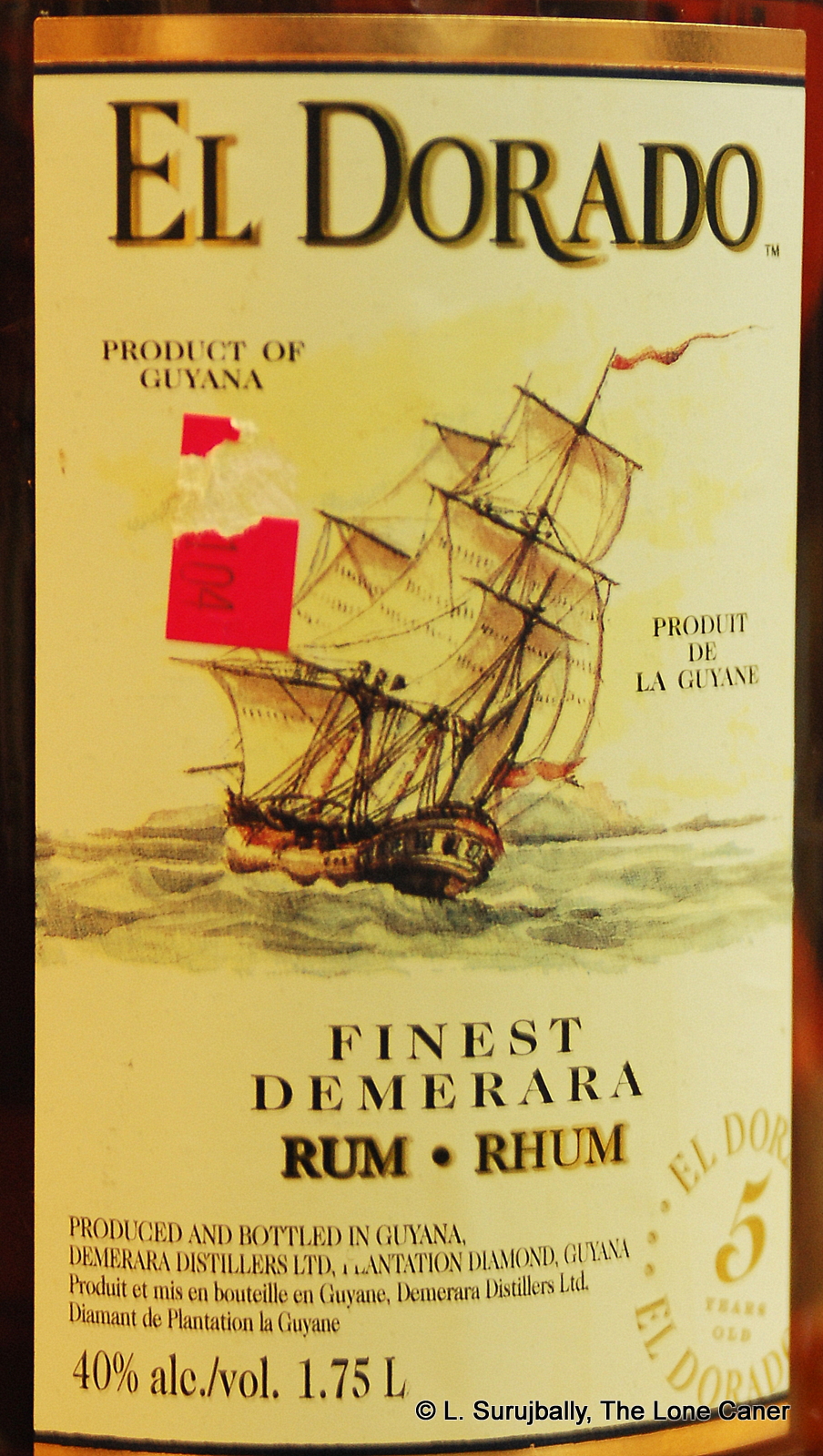
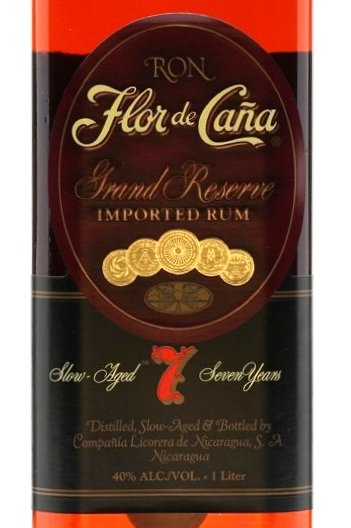
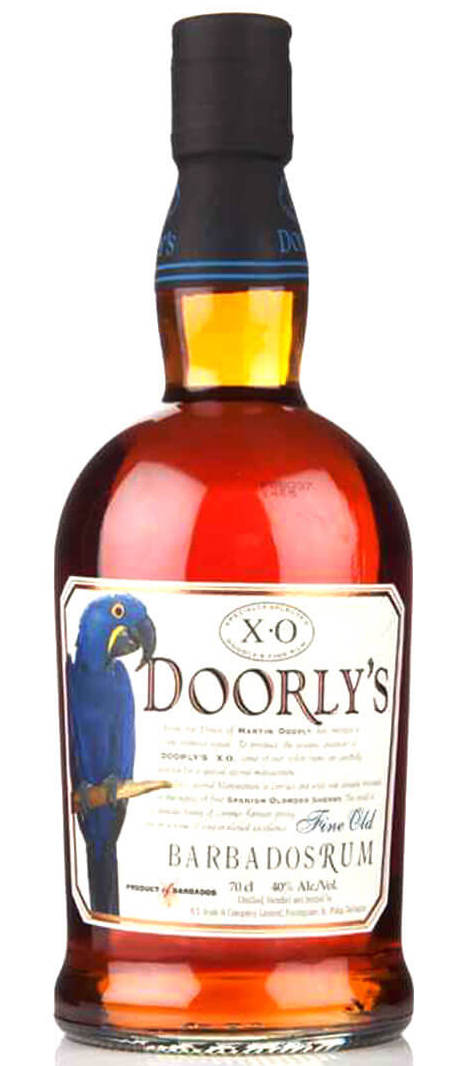
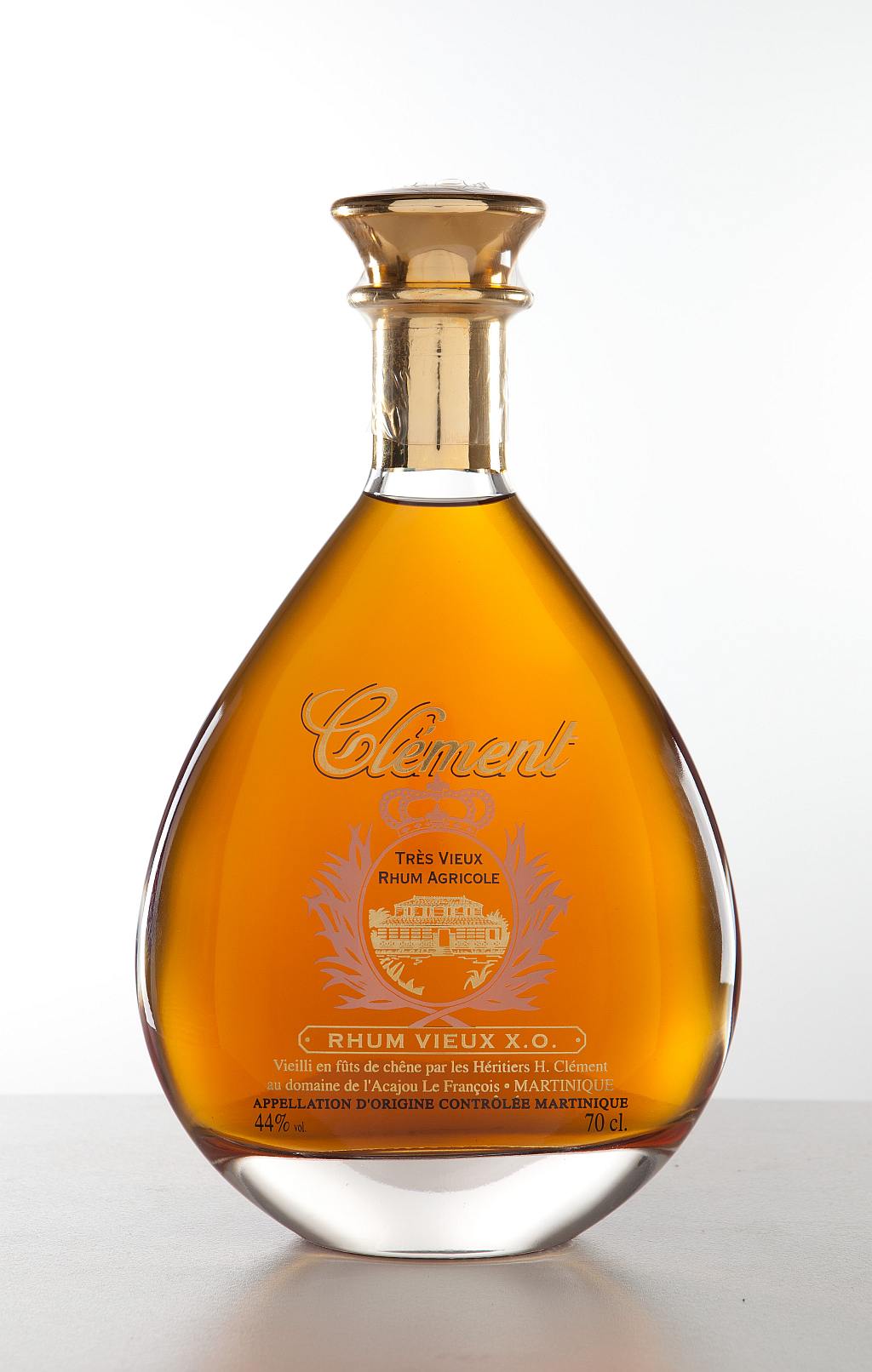
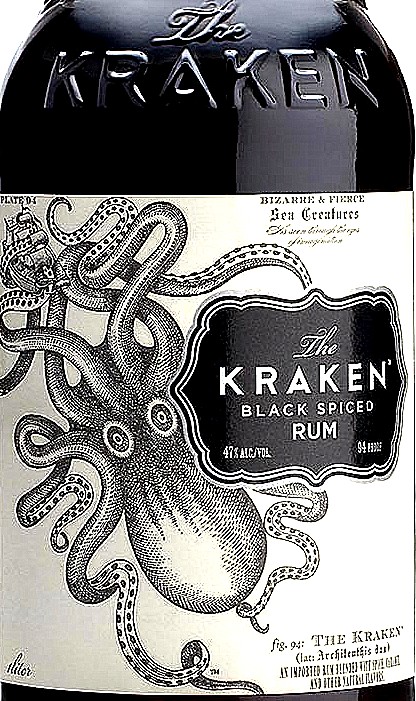

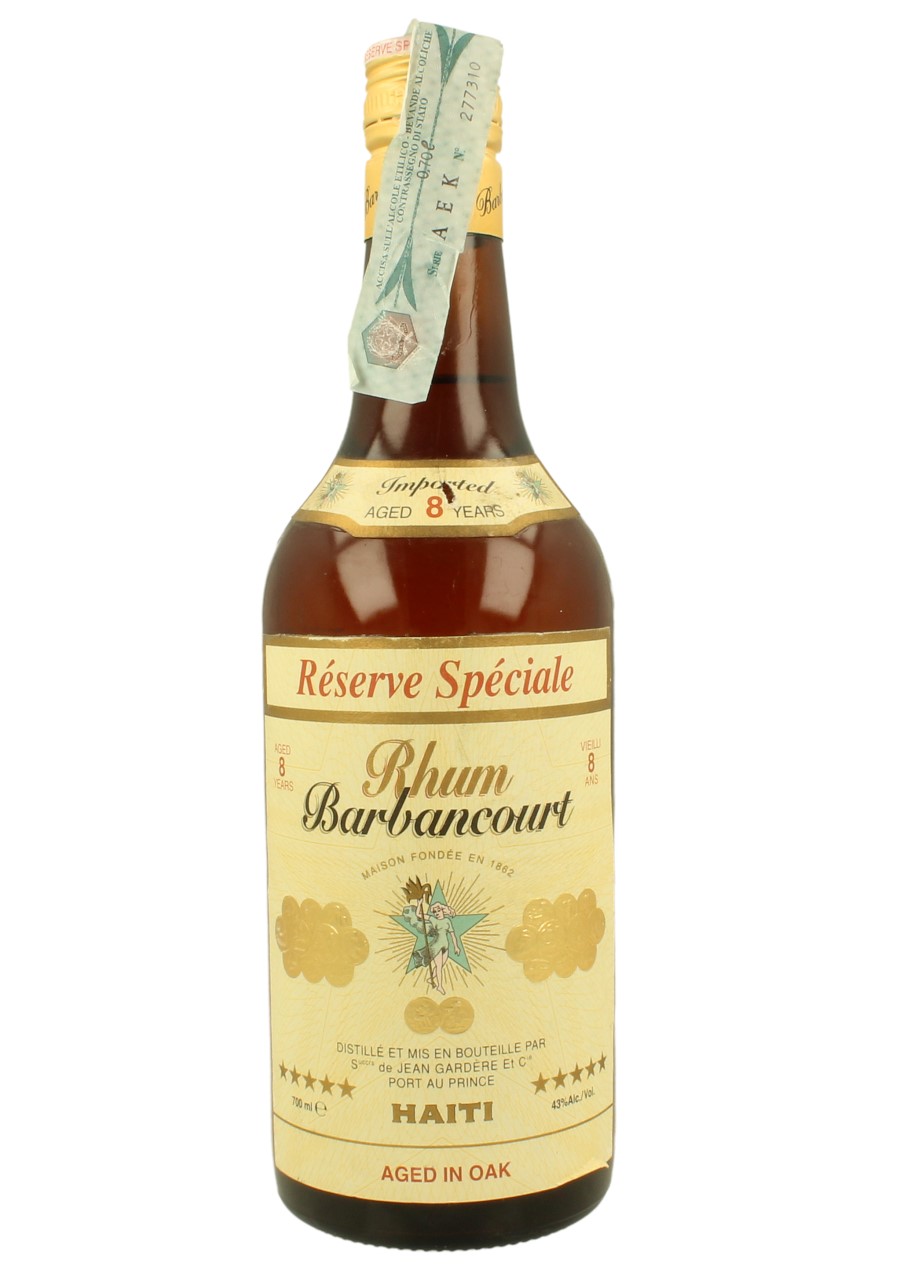

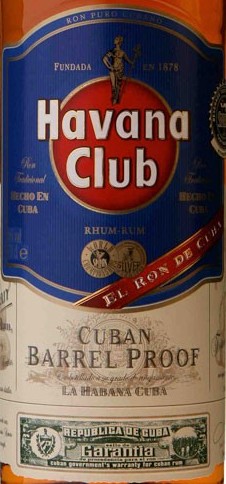 First posted 9th June 2010 on Liquorature.
First posted 9th June 2010 on Liquorature.

